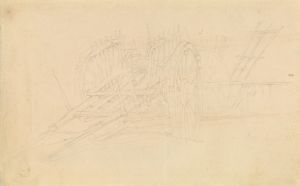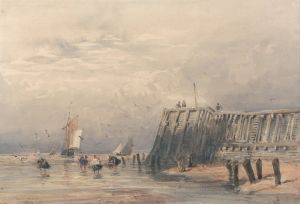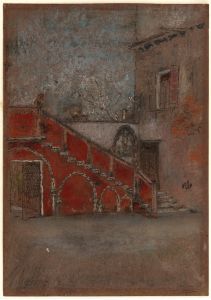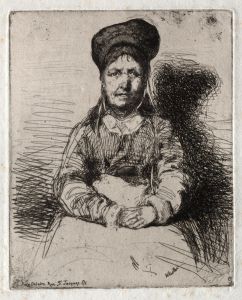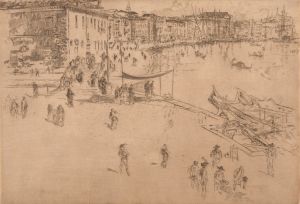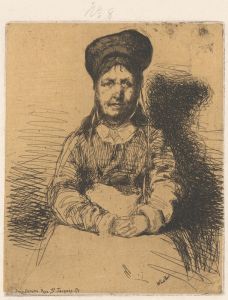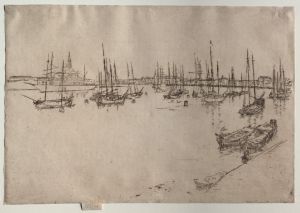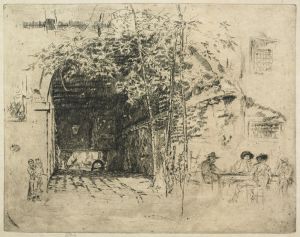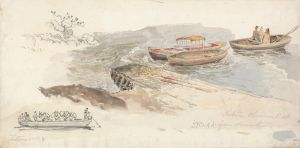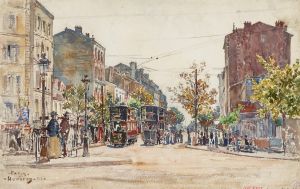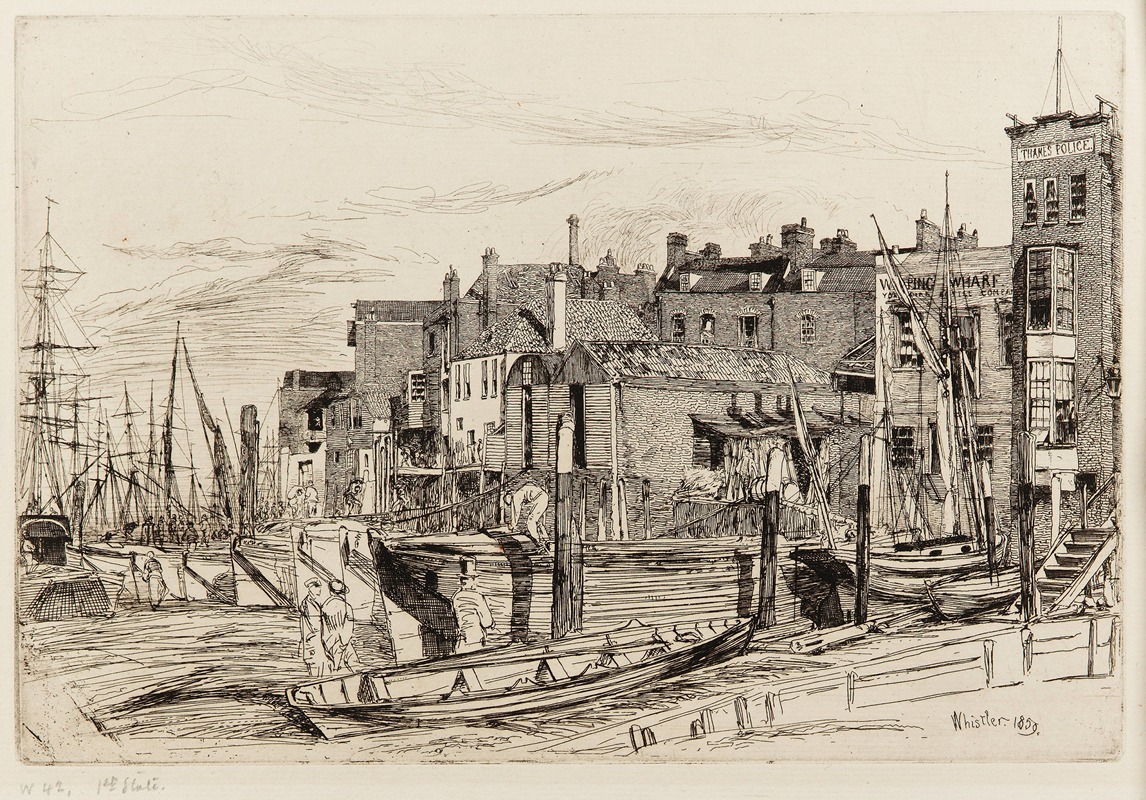
Thames Police
A hand-painted replica of James Abbott McNeill Whistler’s masterpiece Thames Police, meticulously crafted by professional artists to capture the true essence of the original. Each piece is created with museum-quality canvas and rare mineral pigments, carefully painted by experienced artists with delicate brushstrokes and rich, layered colors to perfectly recreate the texture of the original artwork. Unlike machine-printed reproductions, this hand-painted version brings the painting to life, infused with the artist’s emotions and skill in every stroke. Whether for personal collection or home decoration, it instantly elevates the artistic atmosphere of any space.
James Abbott McNeill Whistler, an American-born artist, is renowned for his contributions to the art world during the late 19th century, particularly in the realm of painting and etching. One of his lesser-known works is "Thames Police," which reflects his interest in capturing the atmospheric qualities of urban landscapes, particularly those of London.
Whistler moved to London in 1859, where he became fascinated by the River Thames and the life surrounding it. The river, with its bustling activity and ever-changing light, became a significant source of inspiration for him. "Thames Police" is one of the works that emerged from this period, showcasing Whistler's ability to convey mood and atmosphere through his unique style.
The painting depicts the Thames River, focusing on the activities of the river police, who were responsible for maintaining order and safety on the water. Whistler's interest in the subject matter likely stemmed from his broader fascination with the interplay between the natural and industrial elements of the city. The river police, with their distinctive uniforms and boats, were a common sight on the Thames, representing the human element amidst the vast, flowing river.
Whistler's technique in "Thames Police" is characteristic of his broader body of work, where he often employed a limited color palette and subtle tonal variations to create a sense of harmony and balance. This approach is evident in the way he captures the misty, atmospheric conditions of the Thames, using soft brushstrokes and muted colors to evoke the mood of the scene. The painting reflects Whistler's belief in "art for art's sake," emphasizing aesthetic experience over narrative content.
During this period, Whistler was also heavily influenced by Japanese art, which is reflected in his compositional choices and the emphasis on simplicity and harmony. This influence is apparent in "Thames Police," where the composition is carefully balanced, and the focus is on the overall mood rather than intricate details.
"Thames Police" is part of Whistler's broader exploration of the Thames, which includes a series of etchings and paintings that capture various aspects of the river and its surroundings. These works collectively highlight Whistler's ability to transform everyday scenes into poetic expressions of light and atmosphere.
While "Thames Police" may not be as widely recognized as some of Whistler's other works, such as "Arrangement in Grey and Black No. 1" (commonly known as "Whistler's Mother"), it remains an important part of his oeuvre. It exemplifies his innovative approach to painting and his ability to capture the essence of a scene with economy and grace.
In summary, "Thames Police" by James Abbott McNeill Whistler is a testament to the artist's skill in capturing the atmospheric qualities of the Thames River and the life surrounding it. Through his subtle use of color and composition, Whistler creates a work that is both evocative and harmonious, reflecting his broader artistic philosophy and his fascination with the interplay between nature and urban life.





